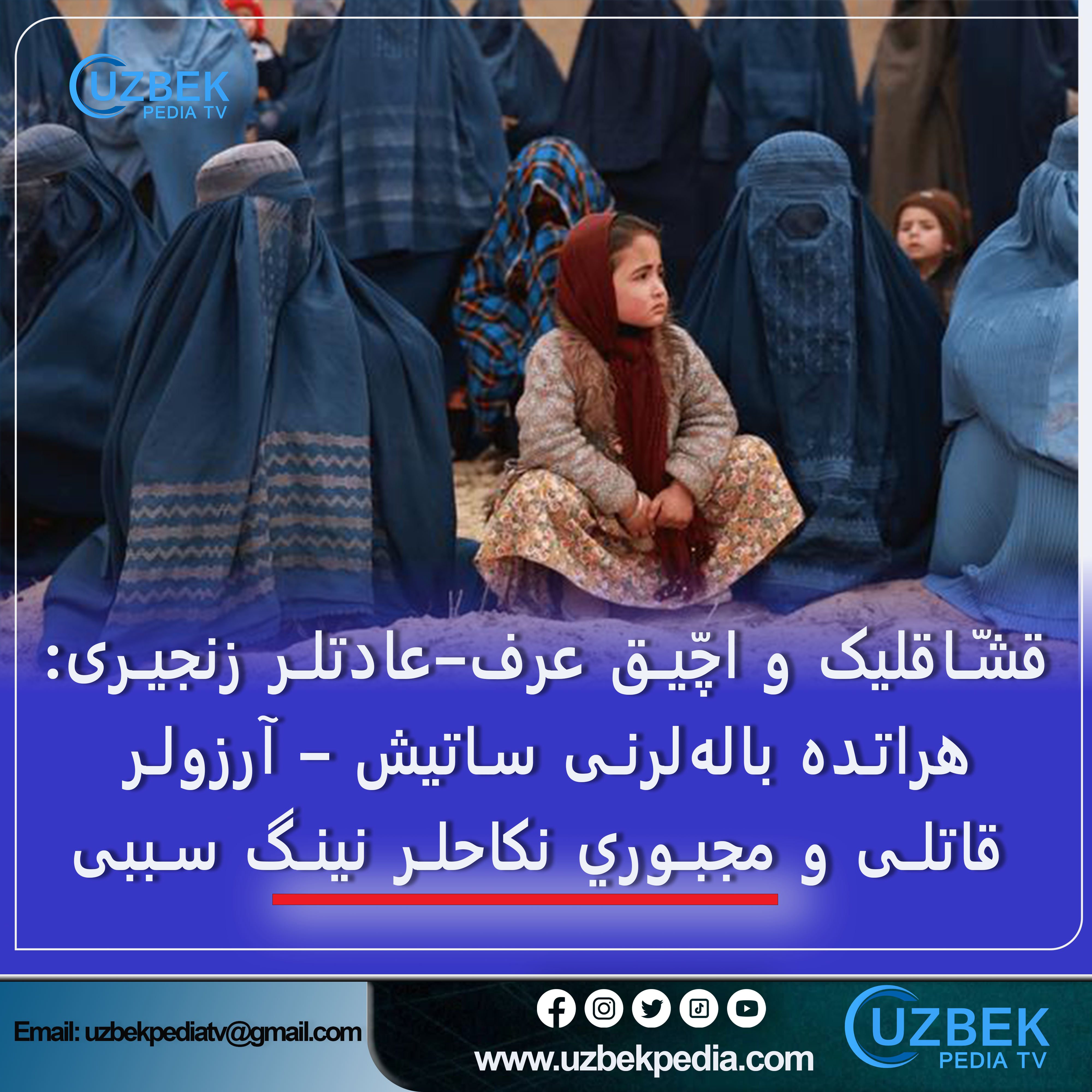Trending

Chains of Poverty and the Harsh Tradition of Child Selling
Destroying Dreams and Driving Forced Marriages in Herat province Afghanistan
Introduction Following the Taliban’s return to power and the subsequent closure of schools and universities for girls, the prevalence of forced and underage marriages has increased significantly.
These restrictions have reinforced harmful traditions, leaving many girls without access to education or the right to make decisions about their own lives.
In several villages of Herat province, marrying off daughters at a young age has become both a socially accepted practice and a survival strategy for families facing economic hardship.
Customs and Practices In many rural communities, families pledge their daughters in childhood—sometimes as early as six months old—in exchange for money or livestock.
Such arrangements are considered binding, and the girls are officially married to men who have provided the payment, often from the age of 12 onwards.
Polygamy is also widespread, with men frequently taking two wives at the same time.
Within these communities, having multiple wives is seen as a sign of honor and status, and even poor families find ways to uphold this custom, often by offering their daughters or livestock in exchange.
Testimonies from Women Fereshta (pseudonym), from Chahak village in Injil district, reported pledging her six-month-old daughter in return for 80 sheep and 100,000 Afghanis.
She later gave another daughter away for 60 sheep and 100,000 Afghanis.
She explained: “In our village, it is tradition for men to have at least two wives.
Even the poor manage to find a way.
My husband also has a co-wife.
We marry off our daughters in childhood; we do not wait for them to grow up.
” Nasima (pseudonym), a mother of two, recalled being pledged to her husband at the age of two and married after seven years of engagement.
She stated: “We are seven sisters, and my father married all of us this way.
My youngest sister was only 14 when she was married.
I remember feeling scared during my early marriage and running back to my father’s home whenever I felt unsafe.
” Sara (pseudonym), another resident, admitted forcing her 13-year-old granddaughter into marriage due to financial hardship: “She was only 13.
I gave her in exchange for 20 sheep and 150,000 Afghanis.
Poverty left us with no other option.
” Economic Pressures and Child Selling The situation is particularly dire in Shahrak-e Sabz, an area of Herat where displaced families live in extreme poverty.
Some families confirmed selling their children, even before birth, to wealthier individuals.
One mother reported: “Three days after giving birth, we sold my daughter for several hundred thousand Afghanis.
The man who took her never paid us.
Otherwise, what mother could bear to sell her child?” Another woman in the same settlement disclosed selling her one-month-old daughter for 100,000 Afghanis and pledging her 14-year-old daughter to a man living in Iran.
She explained that the practice is price-based: the younger the child, the lower the amount received; the older, the higher.
Impact on Education and Child Rights Since the closure of girls’ schools, the rate of early and forced marriages has risen significantly.
In some cases, children are lured into marriage with promises of clothing, food, and other material goods.
A local teacher recounted: “One of my students, who had been absent for a week, returned to school and told her classmates that she agreed to get married because she was promised a watch, clothes, shoes, and food.
” Consequences These marriages expose young girls to long-term risks, including domestic violence, physical and psychological harm, and the loss of educational and social opportunities.
In extreme cases, desperation has led women and girls to commit acts of infanticide as a means of escaping abuse.
Conclusion The findings highlight a growing crisis in Herat province, where restrictive policies, poverty, and harmful traditions intersect to perpetuate forced and underage marriages.
Without access to education and protection, young girls remain vulnerable to practices that undermine their basic human rights and threaten their futures.
Reporter: Mohammad Fahim Azimi.
